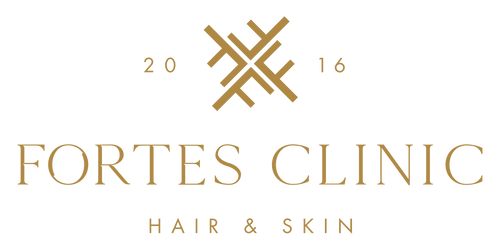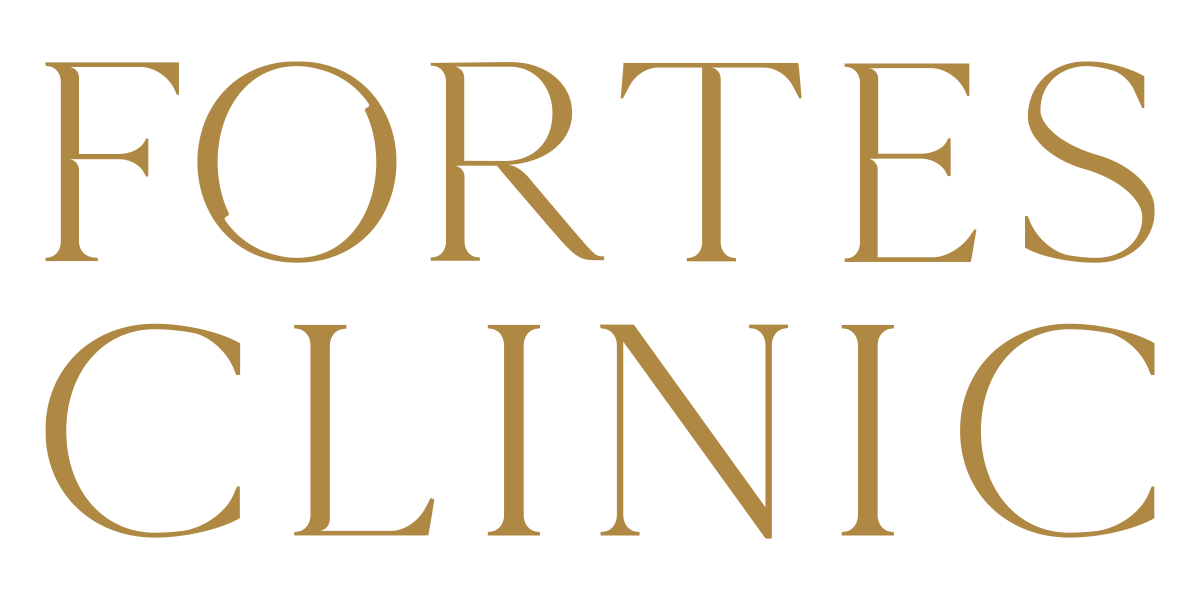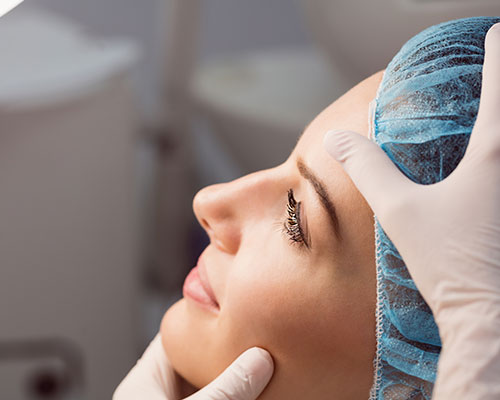Making the decision to undergo hair replacement can seem like a challenge. Which treatments to take, their costs and potential side effects, and the time it takes for results to appear can all be points of concern. However, for those who suffer with Alopecia Areata, investing in hair replacement can be life-changing and Platelet-rich plasma (PRP) is a viable treatment option for a better you.
PRP treatment, which begins at £370, involves extracting a sample of the patient’s blood which is then spun in a centrifuge in order to separate the platelets from the rest of the plasma. An agent is then added to the solution to activate growth factors. The platelet-rich solution is then injected back into the patient’s scalp and stimulates hair follicles to grow.
A typical treatment would involve receiving a series of monthly injections. Monthly treatments mean that a patient is freed from the daily routine that is required by most oral medication regiments. The procedure can also be combined with a hair transplant where it can facilitate increased regrowth. In a study conducted by Garg et al., 12 out of 20 transplant patients who received PRP injections all experienced hair regrowth greater than 75%. In comparison, only 4 out of 20 patients in the control group experienced this level of regrowth.
When it comes to the side effects of PRP procedures, they are minimal at best. In a study conducted by Khatu et al, patients experienced slight pain, redness at the injection site and pinpoint bleeding. In another study conducted by Singhal et al., 3 out of 10 patients complained of headaches following their first treatment which was easily treated with paracetamol. However, none experienced inflammation or infection. 6 out the 10 patients saw hair growth after just 7 days while balance 4 saw hair growth after 15 days. In Khatu et al., study 9 out of 11 male participants saw a significant reduction in hair loss between their first and fourth treatments.
While there is always a risk of infection with procedures that involve injections, these studies show that PRP not only has significantly reduced side effect but also achieves faster results. Couple this with its cost-effectiveness and PRP becomes an affordable and attractive solution for those suffering from Alopecia Areata.



